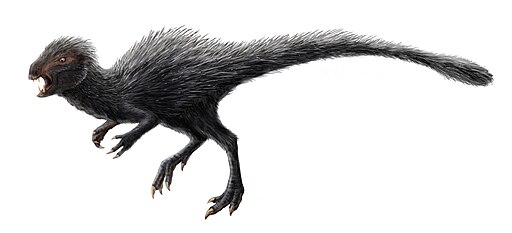The Dinosaur with Different Teeth
Heterodontosaurus was a small but intriguing dinosaur that lived during the Early Jurassic period, about 200 to 190 million years ago.

| Meaning | Different-toothed lizard [Heter-odont-o-saurus] |
| Pronunciation | HET-er-oh-DON-toh-sore-us |
| When: | Early Jurassic (about 200–190 million years ago) |
| Where: | Africa (South Africa) |
| What: | Ornithischian (heterodontosaurid) |
| Weight: | Estimated around 2 kg (4.4 pounds) |
| Length: | Approximately 1 meter (3.3 feet) |
| Diet: | Herbivorous (ate plants, with some evidence of omnivory) |
| Discovered: | First described by Alfred Romer in 1962 |
Its name means “different-toothed lizard,” which is a reference to the varied types of teeth found in its mouth. Unlike many dinosaurs that had uniform teeth, Heterodontosaurus had three distinct types of teeth, reflecting its unique diet and feeding habits.
This dinosaur was relatively small, growing to about 1.2 meters (4 feet) in length and weighing around 10 kilograms (22 pounds).
Heterodontosaurus had a lightweight, agile body with strong hind legs, indicating that it was a fast and nimble runner. Its forelimbs were shorter but equipped with sharp claws, possibly used for grasping food or defense.
Heterodontosaurus’ teeth were its most distinctive feature. It had front teeth that resembled those of herbivorous dinosaurs, ideal for cropping plants. Behind these were large, fang-like canines that might have been used for defense or for eating tougher plant material.
The back teeth were suited for grinding, similar to those of later herbivorous dinosaurs, suggesting that Heterodontosaurus had a varied diet that could include both plants and small animals or insects.
